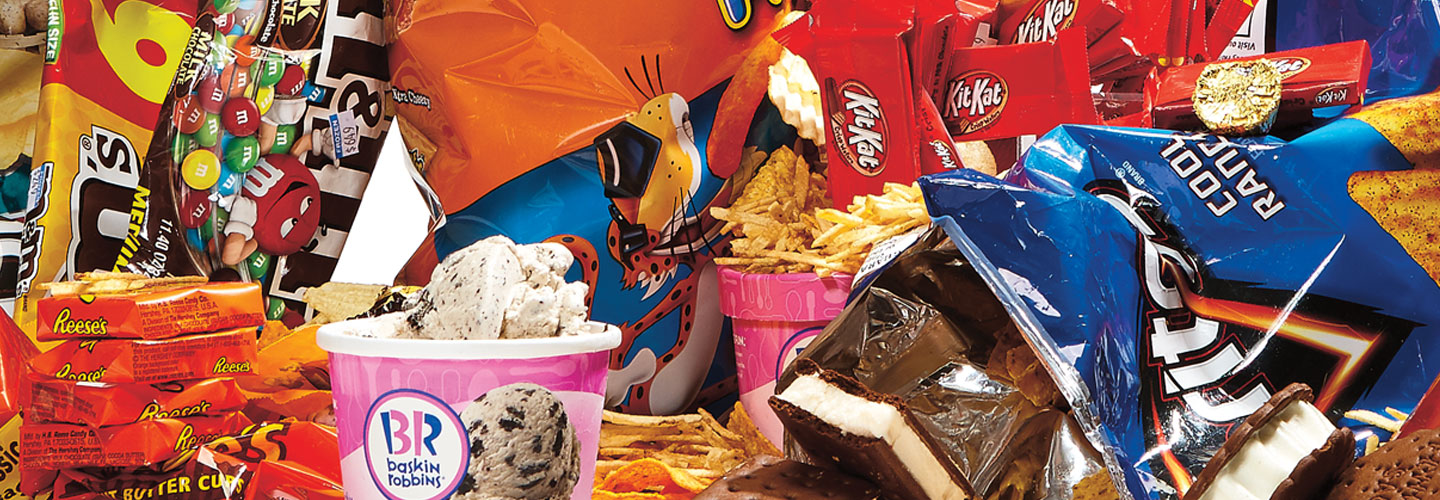You’re watching your favorite TV show and a commercial break starts. First, you see an ad for a candy bar, then one for fast food. Does your stomach start growling and does your mouth begin to water? Do you find yourself craving a snack?
If so, you’re not alone. Researchers from McMaster University in Canada recently found that seeing ads for unhealthy foods can have an almost immediate effect on kids’ and teens’ eating habits.
The researchers examined advertising of junk food to more than 6,000 young people through TV commercials and other types of media. (The term junk food is often used to describe foods and beverages that are high in sugar or salt and low in nutritional value.) The researchers found that kids and teens made unhealthy food and drink choices as quickly as 30 minutes after seeing the ads.
Studies like this one have experts concerned about how exposure to all those ads is affecting young people’s health.
“There is too much unhealthy food advertising out there,” says Behnam Sadeghirad, one of the authors of the study. “And this is dangerous [for young people].”

